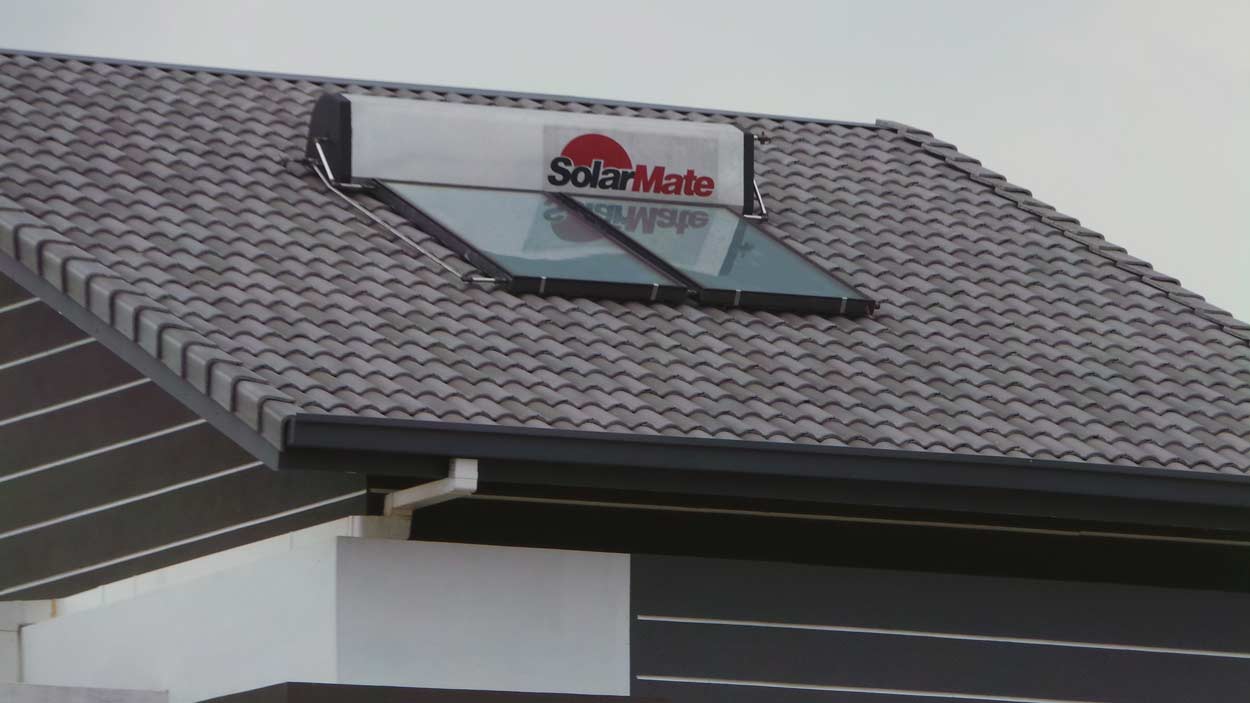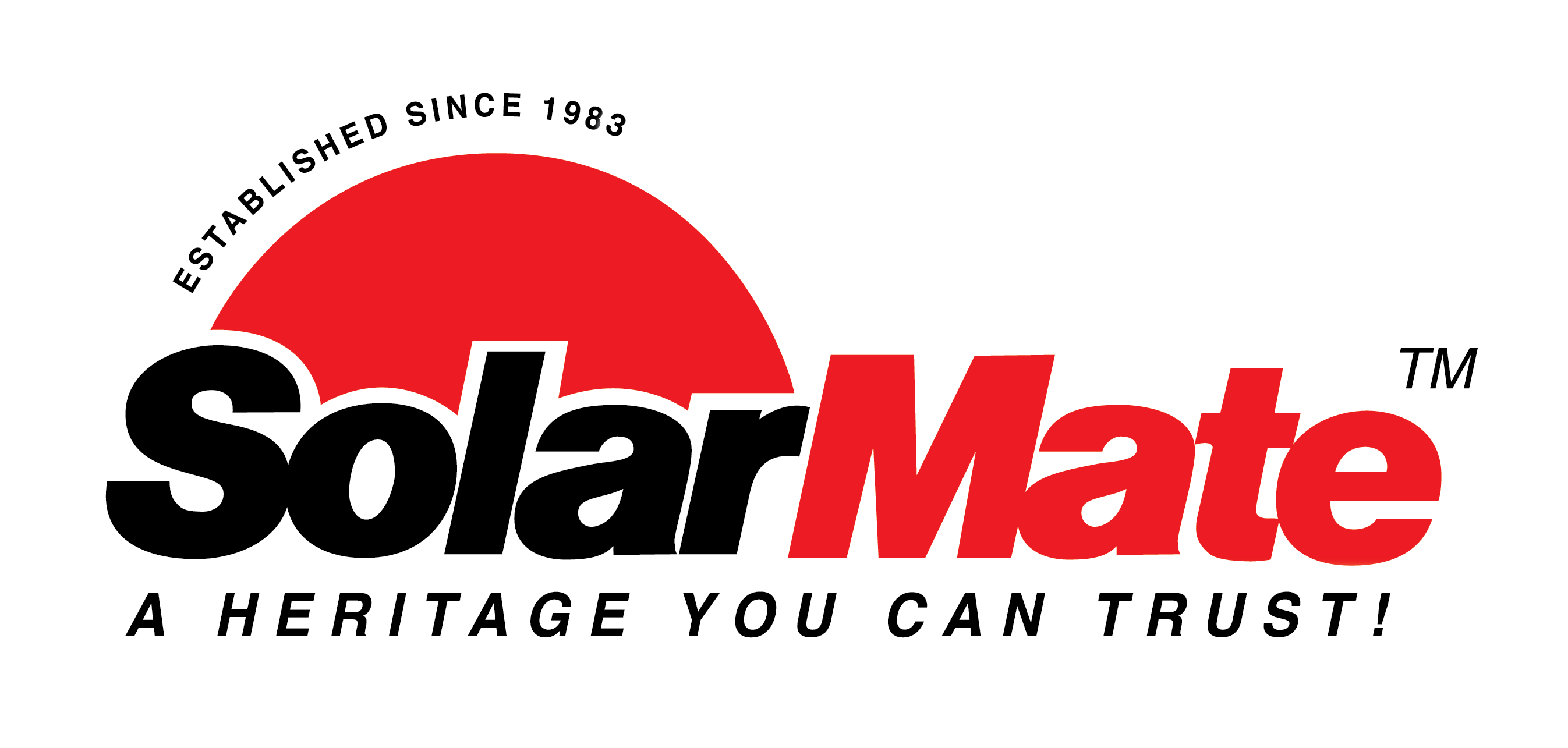
Solar water heating systems are one of the most energy-effective methods of generating hot water for domestic or commercial use. Sunlight is the primary source of energy in the system; hence they are energy and cost-efficient.
While the initial installation costs of solar hot water systems can be quite high in Malaysia, most of the systems have very low maintenance costs, they are eco-friendly and very durable, which makes them an excellent long-term investment.
The Benefits of Solar Water Heating System
- Domestic water heating emits a significant amount of greenhouse gases from Malaysian homes. Solar water heating systems significantly minimize these emissions.
- An efficient solar hot water system can save you approximately RM1,000 on your annual water heating bill in Malaysia. Savings vary according to the size of your family and the water heating system chosen.
- These systems have low maintenance requirements and can operate flawlessly for several years.
- Since you are using sunlight to heat water, these systems are very eco-friendly.
- Passive water heating systems are less costly than active solar water heating systems.
What are Solar Water Heating Systems
Storage tanks and solar collectors are the primary components of a solar water heating system. Active heating systems also use circulating pumps and controls, while passive systems do not.
These systems can be very reliable when correctly installed and maintained. Solar water heating systems use solar energy as a substitute for a conventional energy source and reduce the use of fossil fuels or electricity by up to 80%.
Types of Solar Water Heating System
Over the years, multiple types of solar hot water systems have been developed in Malaysia and all around the world. These systems can be divided into the following broad groups:1. Active Solar Water Heating System
-
Direct Circulation Systems
The water is recirculated from the storage tank, and the collectors are flushed to prevent freezing. The recirculation system requires energy and flushing slows down the whole process. They also require regular maintenance.
-
Indirect Circulation Systems
Typically, a water-ethylene glycol solution is used for freeze protection. Such types of systems are preferred in cold climates where direct circulation is ineffective.
2. Passive Solar Water Heating System
Passive solar water heating systems are not as competent as the active solar hot water system. However, they are comparatively less expensive and last longer.-
Integral collector-storage passive systems
-
Thermosyphon Systems
As a result, the hot water from the panels flows upward into the tank, and the cool water comes back to the collector for heating. Such systems are incredibly reliable, but they must be carefully and accurately installed.
They have a higher installation cost than the integral collector-storage passive systems.
3. Drain-Down Systems
Drain-down systems heat the water indirectly by circulating water through a closed-loop and transferring the heat to potable water via a heat exchanger. When sunlight is not available, the fluid is drained by gravity to prevent freezing.4. Solar Water Heating System with Vacuum Pipes
Such systems are designed for maximum heat transfer efficiency. There is no heat loss via conduction or convection. Moreover, solar energy is collected from multiple angles making these systems far more efficient than a traditional heating system.Most importantly, these systems are suitable for all kinds of climate conditions.
The Bottom Line
Active solar water heating systems are much more efficient than passive systems. However, they are more expensive to install and maintain. Whichever solar water heating system you decide to invest in, its proper installation is of utmost importance to see the most benefit.You can find established and reliable solar hot water system provider in Malaysia, such as SolarMate to install your system and give you advice on which system would best fulfil your requirements.
Once you have made your decision and installed a suitable solar water heating system, you will start seeing the benefits and cost savings immediately. For more information, feel free to get in touch with us.
